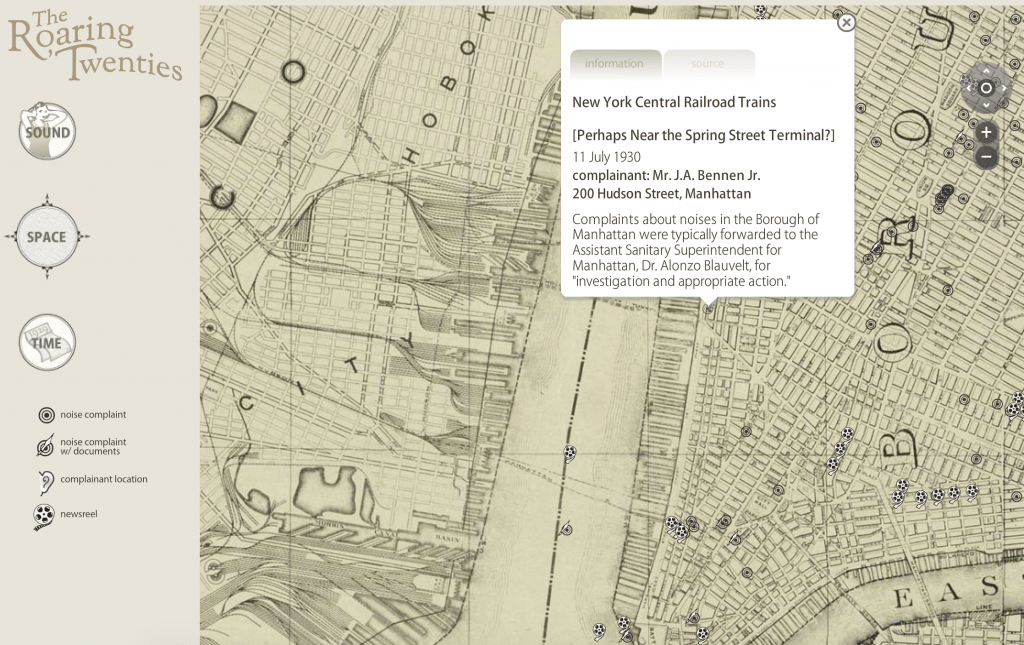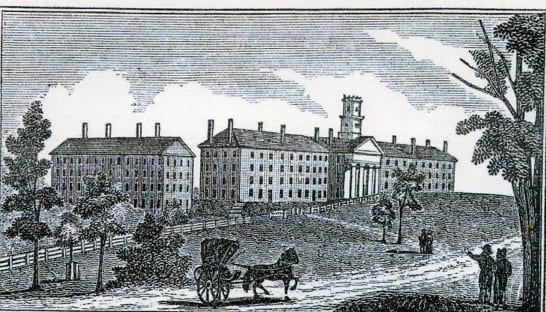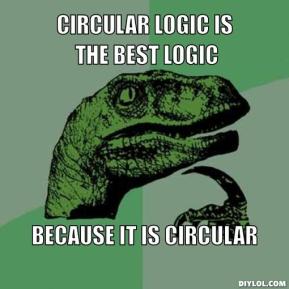Digital. Humanities.
–A Unity of Contradictions.
These two words put together are almost oxymoron according to most, if not all, prominent scholars nearly a century ago. To them, digital is the future and humanities are the past. In a world facilitated by quantitative analysis and dictated by data explosion, “digital everything” has become a fashion for scholars of various disciplines. Humanities, on the other hand, never lack criticism on its “outdatedness” to change and exclusivity from the practical tools. There seems to be a prevailing but false notion that asserts institutions should defund “old books” and subsidize data and quantitative sciences. Even liberal arts colleges, whose reputation has been relying on the great books and overall quality of argument, have dedicated themselves to catching up with the wave, diverting more attention to building a digital curriculum and a data-supportive library.

But for others, digital represents change, while humanities symbolize preservation. While the results from digital technologies have fascinated scientists and application users, it also reveals flaws in the generation, interpretation, and communication of numbers to society. The change it brings to the table has also created by-products of overreliance and assertive abuse of data in the naive negligence of its application to human beings and human communities in which humanities have delved in-depth for thousands of years. Humanists are regarded by some as the “defendants” of the study of humans by humans, the resisting force of the data-dictatorship through the analysis of human emotive intuitions and rational responses. And now, researchers from various disciplines, including history, music, literature, data science, computer science, and neuroscience, have proposed for their integrated marriage. Since Roberto Busa created a computer-generated concordance to Thomas Aquinas’ writings in 1946, a new way to research in the humanities has been paved. Growing in the soil of vastly diversified computing applications, digital humanities was molded to shape thanks to data of large scale and scope, as well as technologies to analyze and present them.
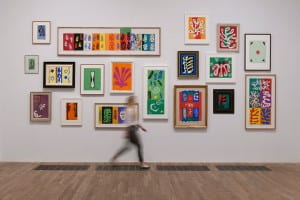
You see, these are two narratives that different humans can interpret differently. After all, what’s central to humanities as a discipline is the various facets of facts and arguments that altogether construct an explanation or vision for the known and the unknown of human worlds. Narratives matter. So are different ways to advance, condition, and interpret them. When I started to consider the question “What are the digital humanities anyway?”, I think of a narrative constructed by the perceptive scholars and reconstructed with the assistance of technologies. Are they the same or fundamentally different? Are they falsifiable to each other’s arguments? In what ways can we truly call a project a digital humanities one?
I come to the fellowship in an expectation to go beyond the “easy jobs” and “conventional paradigms”. Digitizing dust-filled archives is a critical first step, but it does not create enough impact to be called a DH project– unfortunately, most projects stop here. Burying potential discoveries in the data pool is as wasteful as leaving ancient records on the dusty shelves. Likewise, making an ideologically-oriented hypothesis on the grounds of humanities without referencing relevant data often fails to convince the public and wastes the many “first-steps” institutions have undertaken to trailblaze in the DH field. I am blessed to have Amherst’s trust in working with college digital archives to see something new and something meaningful. Words and illustrations in the past carry weight. They document the history of the college and the society in alumni’s voices. But our job is to use the data to see them in a different light and then engagingly present our findings.
If DH is ultimately centered on “the meaningful contributions” it can make to reflect and engage the world beyond the academy, it has a specific purpose to solve the problems or at least find the clues of the multidimensional humanitarian and social issues that have troubled traditional-methodized scholars for their complexity, intersectionality, and obfuscation. But can it ultimately transform the way we epistemologically know things– because only if it does so would it deserve to be entitled as a discipline?
To me, digital humanities are both overvalued and undervalued. It is overvalued because digital humanities are not transformative in their institutional regard. Analogously, it is not the engine for a jetplane that provides power to change the course of motion. Rather, it is a refined exhaust nozzle of the engine, helping increase the power outlet through either incorporating more air or improving combustion efficiency. It would be unrealistic to say that DH projects completely replace (outwit) analog, linear theories, and approaches because the use of digitization and digital methods still builds on ideological and scholastic presumptions about fundamental theories in particular fields. Nevertheless, neither is its value solely limited to refurbishments and “final ribbons” of already construed humanities projects. DH provides us with not only tools to redefine conventional “humanities research” but also fresh perspectives of how we can deal with the content and evaluate its materiality. It works on both ends, from design to execution, from broad strokes to trivial touches. Its impact is not evaluated based on how much it develops itself, but how much it exhausts itself to serve humanities in general.
And here comes a question I wish to explore further in this fellowship: to what extent are humanities digital? To what extent is data humanistic? Is data only a pathway for a better understanding of humanities, or is it the humanities in its futuristic form? What if our stories, journeys, and communities will be rewritten in datapoints and codes the same way they were written by our ancestors on paper? Would that make or break humanities as a whole? Furthermore, will it help or hinder us to approach the complexity of the big questions in humanities research?
The interaction and alienation of the digital and the humanities represent two contracting forces to pull the discipline in disparate directions. Digital humanists have called for efforts to either normalize or to disrupt the construct. From race to gender, class to culture, we either use substantiated data to legitimize a system for its validity in maintaining social order or, in other cases, uproot a system for its sustenance of societal problems. Furthermore, it seems as though digital humanities is also a tug-of-war (or a handshake) between the subjective and the objective. While humanities research has been attacked for its “manipulative” politically- and ideologically-charged results, will its digitality reinforce or reduce the bias? Is data truly as “objective”, or insulated from political intent, as the general public sees it? Do digital humanities produce signals of social problems or symbols for social change?
Essentially, however, the transformation from signal to symbol contributes to a renewed understanding of DH. The interaction between humanities and data creates a space for communication of disciplines, approaches, and methods. Space, then, gives birth to a re-creation or reconstruction of the normalized themes or projects that have been complacently cast aside, out of discovery with human eyes. Next comes a critical intervention.
To craft a mission statement for this project as well as DH in general, I would call DH as:
Not only data for humanities, but also humanities for data;
Not only reconstructing paradigms but also redefining the parameter of paradigm usage;
Not only operationalizing methods but also empowering agency in the faculty of volition;
Such that, new tools offer new perspectives to draw novel, disruptive insights.
And thus, new researches on DH may likewise unite the contradictions.


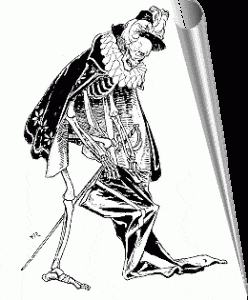


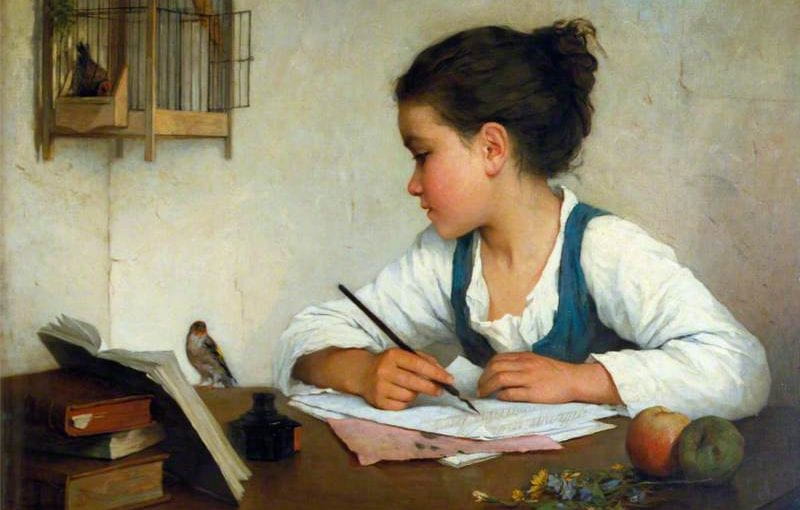
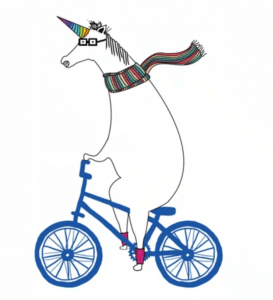 dge of the basics (for example, did you know that the bicycle was invented in Scotland? Or that the national animal is the unicorn? Yeah, Scotland is pretty cool). From there, I found that I had deeper interests in specific topics, such as the clan system, folklore, and music. I also wanted to learn more about the town of St Andrews specifically, where I was preparing to study and to live. With these topics in mind, I then sought out resources (films, documentaries, books, poetry, art, and songs) to give me more information concerning them. As I discovered, questions began formulating in my mind, and I took on some side-research to find answers as I continued on. I learned quite a lot this way, and enjoyed how one topic would lead into another, which would lead to another and another… The possibilities were endless!
dge of the basics (for example, did you know that the bicycle was invented in Scotland? Or that the national animal is the unicorn? Yeah, Scotland is pretty cool). From there, I found that I had deeper interests in specific topics, such as the clan system, folklore, and music. I also wanted to learn more about the town of St Andrews specifically, where I was preparing to study and to live. With these topics in mind, I then sought out resources (films, documentaries, books, poetry, art, and songs) to give me more information concerning them. As I discovered, questions began formulating in my mind, and I took on some side-research to find answers as I continued on. I learned quite a lot this way, and enjoyed how one topic would lead into another, which would lead to another and another… The possibilities were endless!